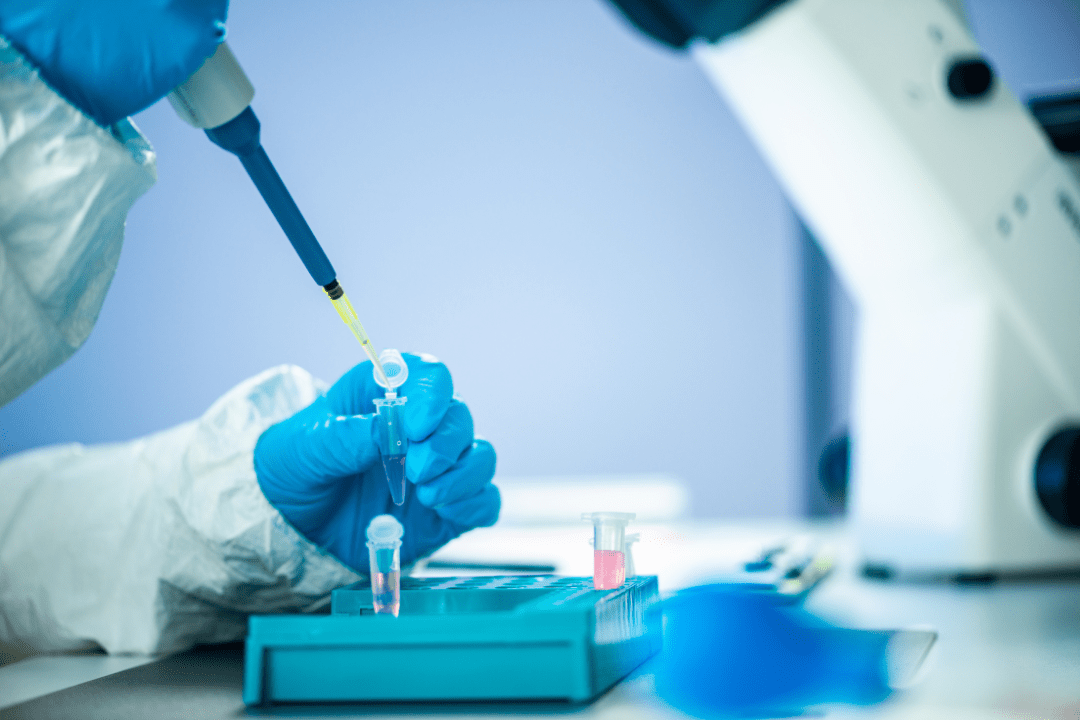苏黎世大学(UZH)的研究人员开发出了一种名为 iNets 的创新型二维细胞培养模型,它复制了人脑的特性,有助于揭示深层神经变異的复杂机制。为此,他们得到了瑞士苏黎世联邦理工学院(ETH)的衍生公司 MaxWell Biosystems 所开发的高密度微电极阵列(HD-MEA)的支持。
在此过程中,他们成功地找到了治疗额颞叶失智症(FTD)和肌萎缩脊髓侧索硬化症(ALS)的始因,更多详情请参见苏黎世大学发布的报告。这项开创性工作由玛丽安赫鲁斯卡普洛昌(Marian Hruska-Plochan)博士(第一作者)领导,和定量生物医学系的马格达里尼波利梅尼杜( Magdalini Polymenidou)博士(通讯作者)领导的研究小组负责,並发表报告在专业期刊《自然》上。
肌萎缩脊髓侧索硬化症(又称渐冻症)(ALS)的患者,运动皮层和脊髓中的神经元会发生退化,从而导致瘫痪。而额颞叶失智症 (FTD),则是在大脑中与认知、语言和人格有关的神经元会受到影响。不论是肌萎缩脊髓侧索硬化症(ALS)或额颞叶失智症(FTD),都是一种无情的渐进性疾病,目前仍然缺乏有效的治疗方法。
研究人员意识到,在这两种疾病中,蛋白质 TDP-43 都会在中枢神经系统的神经元中异常积聚。而利用这种细胞培养模型,苏黎世大学的研究现在能证明,另一种名为 NPTX2 的蛋白质的毒性累积是 TDP-43 功能失常的原因;而 TDP-43 功能失常又会导致神经细胞退化。
研究小组在 ALS 或 FTD 患者的脑组织上测试了这些实验结果。事实上,他们发现 NPTX2 会在含有异常 TDP-43 的细胞中积聚。这意味着 iNets 细胞培养模型能够准确预测 ALS 和 FTD 患者的病理变化。
马格达里尼波利梅尼杜博士认为,NPTX2 的发现『为我们开发一种作用于疾病核心的疗法提供了明确的机会。』与其他研究小组最近发现的另外两个目标分子一起,可以想象,未来将开发出一种针对渐冻症(ALS)或失智症(FTD)的联合疗法。
Life Science Hub Greater Zurich Area
Life Science Hub Greater Zurich Area
The Greater Zurich Area has evolved into a dynamically expanding life sciences hotspot, thanks to the region’s academic excellence, business-friendly regulations, IP protection, large international talent pool and R&D collaborations between universities and start-ups, as well as large multinational corporations.

In ALS, neurons in the motor cortex and spinal cord degenerate, which leads to paralysis. In FTD, however, neurons located in the parts of the brain involved in cognition, speech and personality are affected. Both ALS and FTD are relentlessly progressive diseases for which effective treatments are still sorely lacking.
The researchers were aware that in both diseases there is an abnormal accumulation of the protein TDP-43 in the neurons of the central nervous system. Using this cell culture model, the UZH study has now been able to demonstrate that a toxic accumulation of another protein called NPTX2 is responsible for the malfunction of TDP-43, which in turn leads to the degeneration of the nerve cells.
The team tested these experimental findings on brain tissue from people who had died of ALS or FTD. And in fact, they discovered that NPTX2 accumulates in cells that contain abnormal TDP-43. This means that the iNets cell culture model was able to accurately predict ALS and FTD patient pathology.
According to Magdalini Polymenidou, the discovery of NPTX2 “gives us a clear shot of developing a therapeutic that acts at the core of the disease”. In connection with two other target molecules, which have been recently discovered by other research teams, it is conceivable that a combination therapy for ALS and FTD could be developed moving forwards. ce/mm
相关新闻
联系我们
我们引导您顺利进入大苏黎世区的经济生态圈,为您提供宝贵的市场和行业信息,并协助企业连接同行、研究机构、孵化器、主管部门、专业服务提供商、协会和平台。
+41 44 254 59 59
info@greaterzuricharea.com